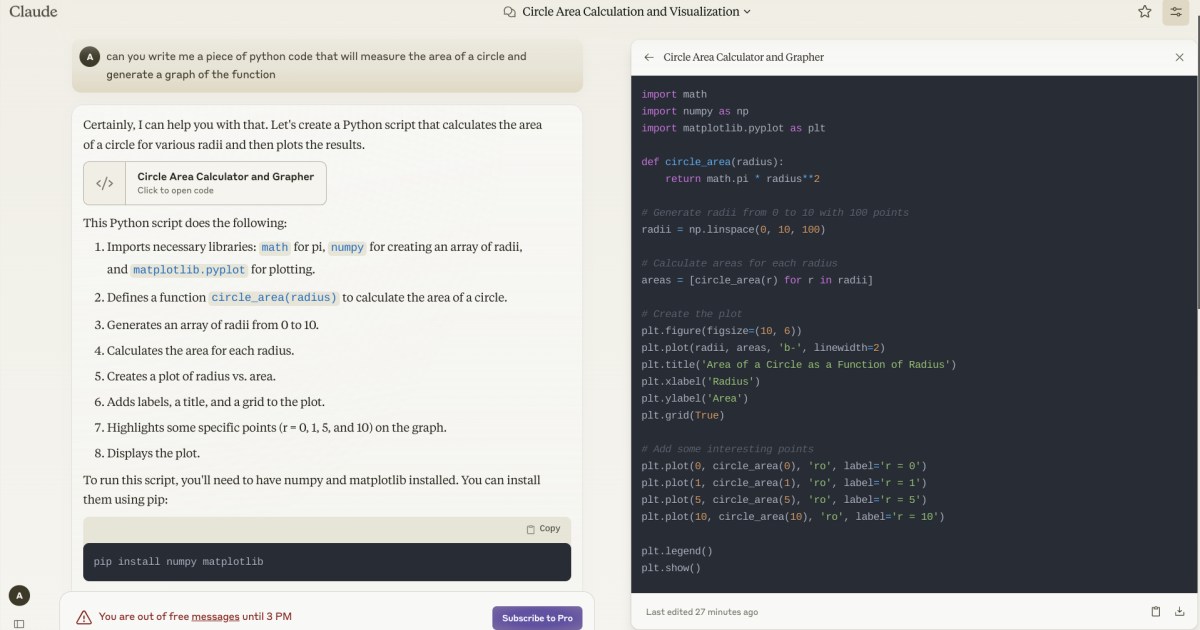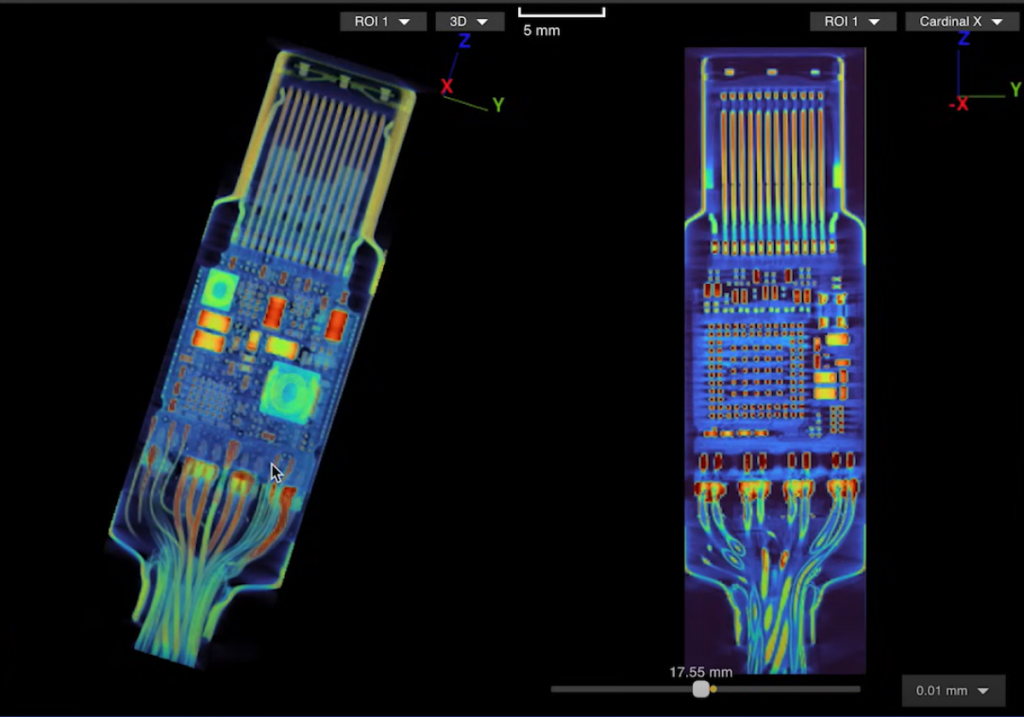Anthropic’s Claude might not command the same level of media attention as its competitors like Google’s Gemini, Microsoft’s Copilot, or OpenAI’s ChatGPT, but its capabilities are equally impressive. The latest iteration, Claude 3.5 Sonnet, has consistently outperformed these rivals in numerous benchmarks. This guide will explore what Claude is, its strengths, and how to maximize its potential.
Understanding Claude: The Constitutional AI
Similar to Gemini, Copilot, and ChatGPT, Claude is a large language model (LLM) utilizing algorithms to predict the next word in a sentence based on a vast training dataset. However, Claude’s uniqueness lies in its training process. It adheres to a 73-point “Constitutional AI” framework, ensuring its responses are both helpful and harmless. This framework guides Claude’s supervised learning, where it generates responses, evaluates their alignment with the “constitution,” and revises accordingly. Unlike other LLMs that rely on human feedback for reinforcement learning, Anthropic employs an AI evaluation dataset to fine-tune Claude, guaranteeing consistent adherence to its constitutional principles.
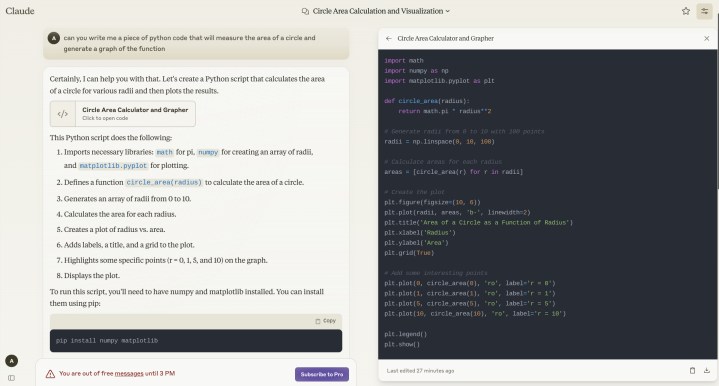 a screenshot of Claude 3.5 sonnet with the Artifacts side screen
a screenshot of Claude 3.5 sonnet with the Artifacts side screen
Anthropic’s journey with Claude began in March 2023, followed by a rapid update to Claude 2 in July 2023. While these early versions had limitations in coding, math, and reasoning, the Claude 3.0 family (Haiku, Sonnet, and Opus) launched in March 2024 marked a significant improvement, with Opus outperforming then-leading models like GPT-3.5, GPT-4, and Gemini 1.0. Claude 3.5, released in June 2024, further elevated performance, surpassing GPT-4o, Gemini 1.5, and Meta’s Llama-400B. October saw the release of an enhanced Claude 3.5 Sonnet (new) and Claude 3.5 Haiku, a smaller model optimized for simpler tasks. Claude is accessible via web, mobile, and desktop apps for Mac and Windows.
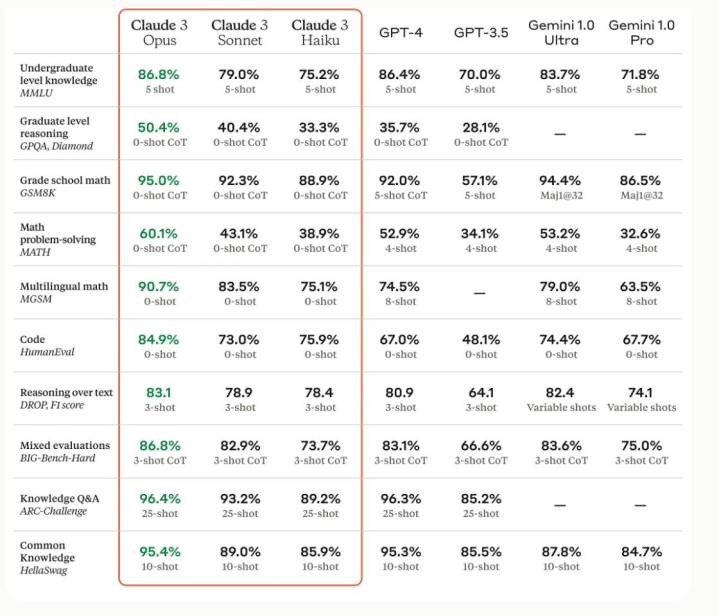 Claude 3 benchmarks table
Claude 3 benchmarks table
Claude’s Capabilities and Strengths
While ChatGPT and Gemini focus on broad question answering and voice interaction, Claude shines in coding, math, and complex reasoning. Anthropic highlights its robust vision capabilities, allowing it to interpret text from blurry images and understand graphs and visuals.
A groundbreaking feature introduced in September 2024 is the “Artifacts” feature. This collaborative workspace provides real-time previews, allowing users to edit and build upon Claude’s outputs, seamlessly integrating AI-generated content into their projects. Furthermore, Claude’s “Computer Use” API allows it to interact with desktop apps, emulating human keystrokes and mouse movements. This API grants Claude the ability to interpret on-screen information and execute tasks within various software applications.
 the claude computer control logo
the claude computer control logo
Accessing Claude and Exploring its Features
Claude is readily available through Anthropic’s website, Android and iOS apps. The free version supports image and document uploads and utilizes the Claude 3.5 Sonnet (new) model. A $20/month Pro plan provides higher usage limits, access to Claude 3 Opus and Haiku, and the “Projects” feature for fine-tuning the AI on specific documents.
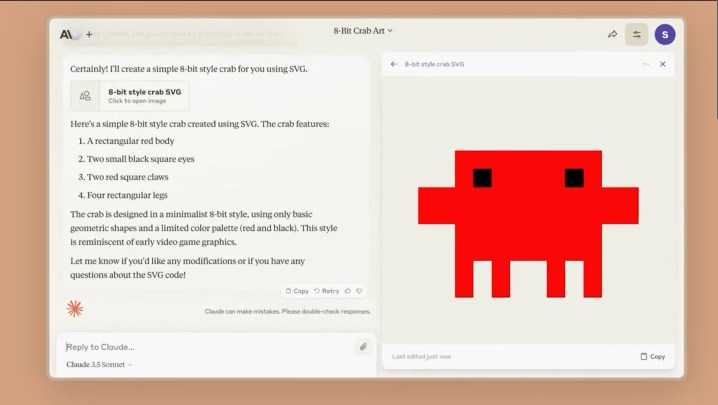 A screenshot of claude 3.5 sonnet, with an 8-bit crab.
A screenshot of claude 3.5 sonnet, with an 8-bit crab.
Claude vs. The Competition
Claude 3.5 Sonnet offers distinct advantages over ChatGPT, including a larger context window (200,000 characters vs. 128,000) for more detailed prompts. Its Constitutional AI architecture prioritizes accurate responses over creative ones, making it ideal for summarizing research papers, generating data-driven reports, and explaining complex math and science concepts. Claude’s built-in analysis tool enhances accuracy by enabling it to process information and run code within a sandbox environment.
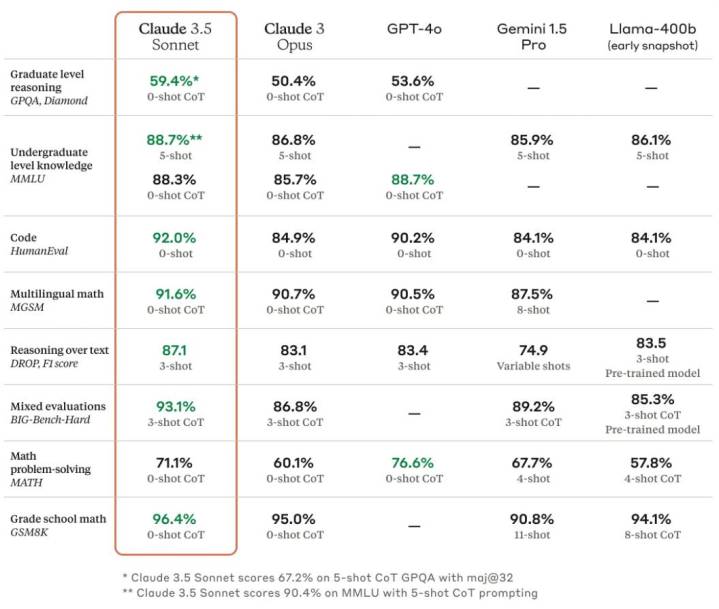 Claude 3.5 benchmarks
Claude 3.5 benchmarks
However, Claude lacks certain features found in other chatbots, like advanced voice interaction and image generation.
Controversies Surrounding Claude
Claude’s development has faced some controversies. Accusations of using scraped YouTube subtitles for training data and vulnerabilities to prompt injection attacks with the “Computer Use” feature have raised concerns.
Conclusion
Anthropic’s Claude offers a powerful alternative in the LLM landscape. Its focus on accuracy, robust reasoning capabilities, and innovative features like “Artifacts” and “Computer Use” API make it a valuable tool for various tasks. While controversies exist, Claude continues to evolve, promising further advancements in the future.



